Delaware is home to many beautiful native plants that survive without intervention and do very well in landscapes and gardens as well. Plants that are indigenous to the region will be easier for you to grow and they also come with many great benefits to the local ecosystem.
This Delaware native plants list will help you identify the flowers, shrubs, and trees that are native to the area and choose the right ones for your specific needs. Before we get to the plants, let’s take a look at why native plants can be a great choice for your garden.
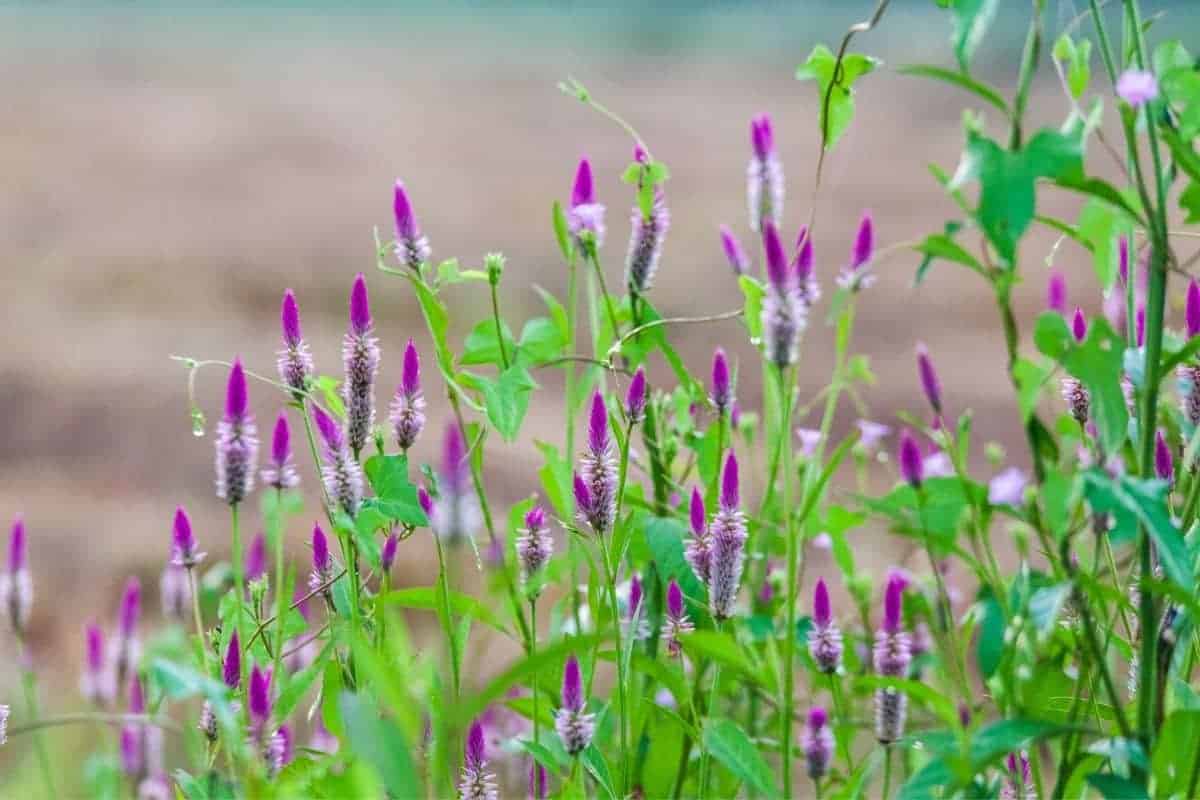
Understanding Native Plants
A plant is considered native when it has occurred naturally in the region without being introduced by humans. This means it grew in this ecosystem naturally before settlers or colonizers came into the area. It was already there, meaning it is perfectly adapted to survival in that area. It also means this particular plant serves a valuable purpose within the ecosystem.
There are many great reasons to use native plants in your gardens. For starters, you don’t need to be an expert gardener when you work with native flowers and shrubs. While some of them are more finicky than others, most native plants will be fairly low maintenance. The most important step is making sure they are planted properly at the start. Once they are established in the new location, you won’t need to do much to them.
When you want to stick to native plants from Delaware, consider these choices below.
Delaware Native Plants List
Delaware has a lot of great choices for your garden. We’ve talked about the importance of choosing garden plants that are indigenous to your area. Now let’s take a look at some of them in more detail.
Here are some great flowers and shrubs native to the area:
1. Butterfly milkweed (Asclepias tuberosa)
Butterfly milkweed, or just butterfly weed, is a very attractive flower to have in your garden. Not only does it look pretty to human eyes, but it also attracts bees and butterflies. This is the only milkweed species that does not have the distinctive white sap of milkweed.
This is an essential flower for your garden because it supports pollinators. Butterflies and other pollinators are the foundation of the local food chain and essential to the ecosystem.
2. Cardinal flower (Lobelia cardinalis)
Cardinal flower is a beautiful native herb that grows in freshwater marshes. It is pollinated by rub-throated hummingbirds because they can get their long noses down into the brilliant red spikes of flowers.
If you have a moist home landscape, this is going to be a top choice. It looks amazing, serves a great purpose in the ecosystem, and is easy to care for when you have the right conditions.
3. Wild bergamot (Monarda fistulosa)
You can choose wild bergamot for your garden when you want a popular, showy perennial. Sometimes called “beebalm”, this is another plant that is great for pollinators. It has clusters of pink, lavender, or white flowers and they look a bit like straggly pom poms. The gray-green leaves smell minty, and the fruit is brown.
These flowers grow to 2–4-inch heads. They like medium water and full sun or part shade. They are heat-tolerant and somewhat drought-tolerant as well, so they’re a good choice for sunny spots in your garden. They have lots of benefits to the butterflies, bees, and other pollinators, and they are hardy.
4. Narrowleaf evening-primrose (Oenothera fruticosa)
Narrowleaf evening primrose is also called sundrops, getting that nickname from the appearance of the flowers. They grow to about 18-to-24 inches and the long, showy golden flowers are about 2-inches in diameter, on average.
This plant has lance-shaped leaves or about 2-3 inches long. It spreads rapidly in good conditions but is typically not aggressive. This can make a great addition to your garden and will fill out over time, giving you many beautiful flowers to look at.
5. Seaside goldenrod (Solidago sempervirens)
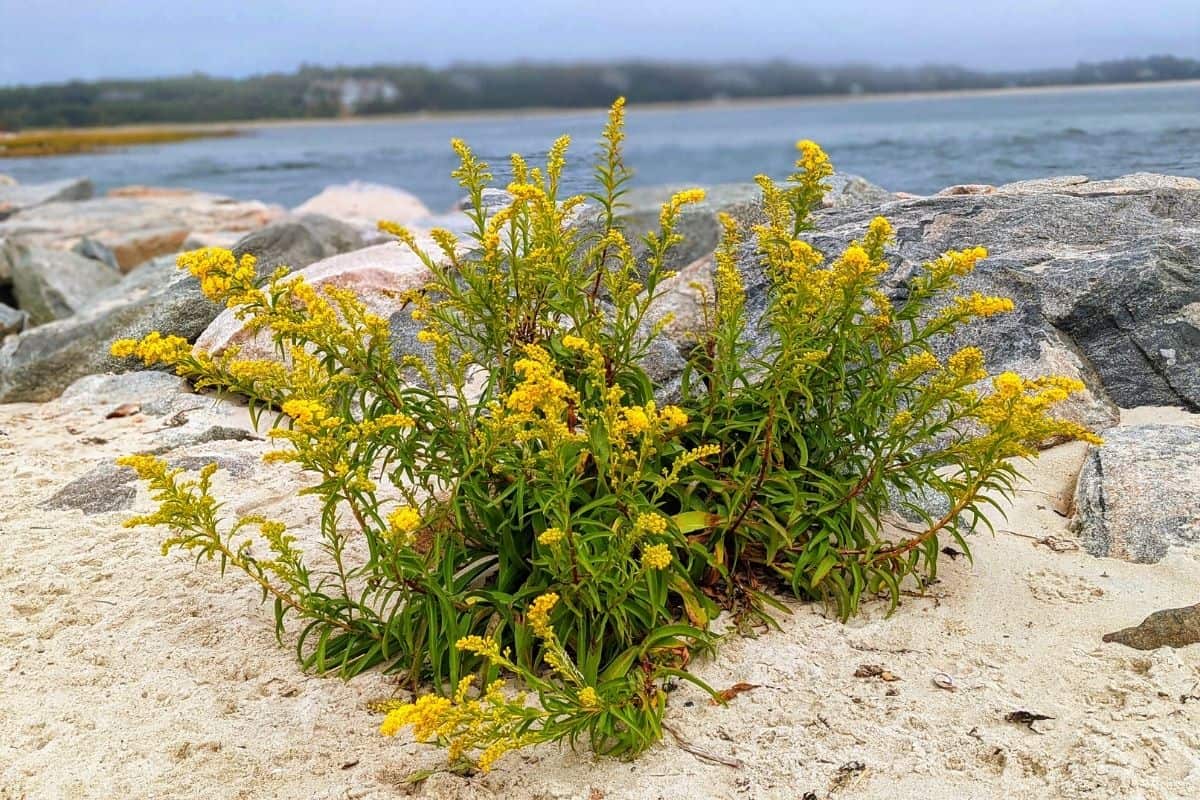
Seaside goldenrod is another perennial, sometimes called salt-marsh goldenrod due to where it grows in the wild. It has a distinctive look, growing in tight clumps of narrow, evergreen leaves with leafy, erect stalks of about 2-8 feet high.
The flowers are usually a deep yellow, golden color and the leaves are a bit succulent. Seaside goldenrod blooms in August, September, and October, uses low water, lights direct sun, and slightly moist soil. It’s another choice that attracts birds and bees.
6. Lanceleaf tickseed (Coreopsis lanceolata)
You can also pick lanceleaf tickseed for another yellow perennial, but it has a very different look from others on this list. It grows in small clumps but can form large, extensive colonies. It grows from 1-2 ½ feet tall usually, and the leaves are 3-4 inches long.
The flower heads themselves are 1-1 ½ inches across. They bloom from April-June to, and like dry soil and full sun or part shade. This can make a beautiful addition to your garden.
7. Pale purple coneflower (Echinacea pallida)
Pale purple coneflower is a distinctive, beautiful flower with many of the same benefits as others on this list. It can be a nice contrast if you already have a lot of native yellow flowers in your garden.
Purple coneflower grows up to three feet tall and has purple or pale pink flowers. It prefers well-draining soil and full to partial sunlight. It blooms in early summer and is one of the only early blooming flowers in the area, meaning it provides lots of resources to pollinators during this season. They are easy to establish and have low maintenance. It’s just important not to plant in soil that is too moist.
8. White yarrow (Achillea millefolium)
White yarrow is commonly known as just yarrow or common yarrow. It’s a flowering plant that produces a lot of large, flat clusters. These flower clusters can be as much as 5 inches in width. They like full sun and dry to medium, well-draining soil and are sun-tolerant and drought-tolerant.
They’re also deer and rabbit tolerant so you don’t have to worry about wildlife eating your garden with this one. They’re very easy to care for and bloom for weeks from early to late summer.
9. Black cohosh (Actaea racemosa)
Black cohosh is great for shadier spots of your garden. We’ve listed a lot of plants that do well in full sun, but this one likes a back border or more shade.
It grows tall and vertical, creating a unique statement in your garden, and the tall white spires bloom in the summer after many other woodland flowers have faded away. They can bloom around late June or even into August, and the leaves have a green, lush, brush-like appearance year-round.
Black cohosh likes medium moisture to the soil and 2-4 foot spacing in between. They are also good pollinators and are deer resistant.
10. White snakeroot (Ageratina altissima)
White snakeroot is also known as richweed or white sanicle. It’s poisonous, grows about 1 ½ to 3 feet tall, and will sometimes branch. It has light green to tan stems and the leaves can be up to 5 inches long and 3 inches across.
They are smaller as they move up the stem toward the flowers, which are fluffy and white.
White snakeroot likes soil containing loam or clay-loam and moist to slightly dry conditions.
11. Indigo bush (Amorpha fruticosa)
And last but not least on our list, we have the indigo bush, which is a large loose, airy shrub that can form in dense thickets. It grows about 6-10ft and can make a great filler in your garden.
The blooms can be orange, blue, violet, or purple shades and it blooms from April, May, or June. Natively, it appears around stream and pond edges, open woods, or even roadsides. It has low water requirements but likes moist soil. It is cold-tolerant and pH adaptable. It’s fast-growing, easy to care for, and attracts butterflies and other pollinators.
Now that you have this great list of plants, let’s take a look at some common questions people ask about Delaware native plant life.
Delaware native plants list FAQ
Before you plan your garden or landscaping, let’s take a look at these commonly asked questions about native plants in Delaware.
What types of plants grow in Delaware?
The types of plants that grow in Delaware are those that do well with the weather conditions and soil conditions of your area. Some will prefer marshy lands and others prefer, dry, clay-like soils. It’s all about finding what is best in your particular area and soil conditions, as well as where you plan to plant and what kind of sunlight gets to the area. You can speak with a local nursery to help you choose the best native plants and flowers for your local garden. These experts will always know the most about what is best in your area.
What types of flowers are native to Delaware?
If you’re looking for flowers that are native to Delaware, start with the ones from our list above. But some of our favorites are the New England aster, giant sunflower, common milkweed, great blue lobelia, and goldenrod. There are tons of native flowers in Delaware and your local plant nursery will be able to help you get pointed in the right direction with flowers that are available in your area and that will do well in your location’s climate and conditions.
Are ferns native to Delaware?
If you’re interested in ferns, Delaware actually has 67 native types of ferns. According to Bill McAvoy, a botanist with the Delaware Department of Natural Resources and Environmental Control. The average of 39 inches of rainfall a year and the natural soil conditions are great for ferns.
If you’d like to learn more about plants that are native to Delaware, connect with the Delaware Native Plant Society. They have events, resources, and workshops to help you learn more about the plant life in your area.
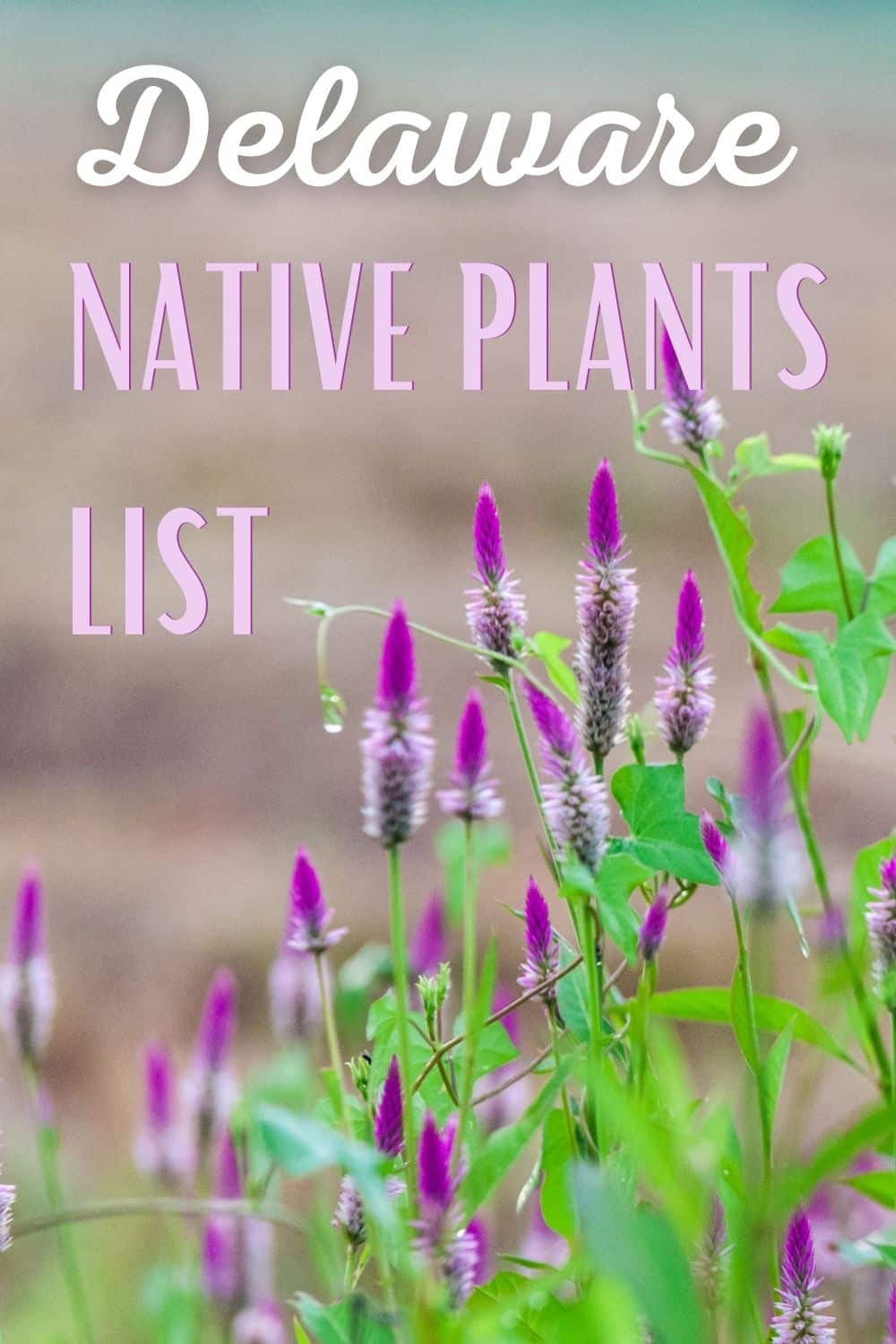

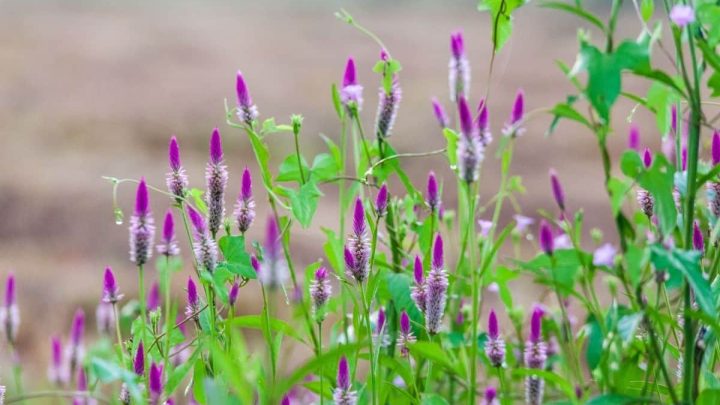







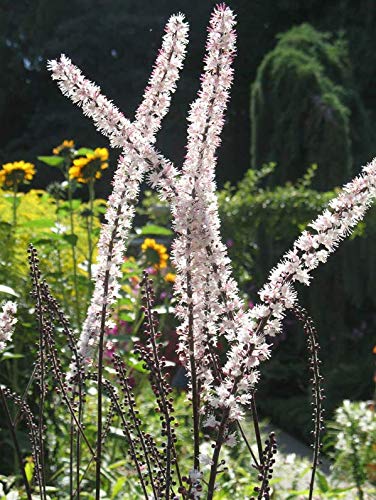



Best Landscaping Ideas For Your Home
Sunday 29th of August 2021
[…] Delaware Native Plants List: 11 Stunning Local Garden Choices […]